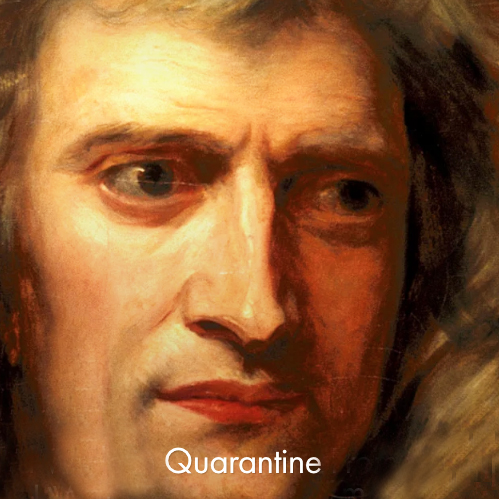Isaac Newton Changed the World During the Plague of 1665.
The Great Plague of London ravaged the city beginning in 1665. During that time, Issac Newton was a student at Trinity College, Cambridge. As described in Gale Christianson’s Isaac Newton, a few months after acquiring his undergraduate degree in the spring of that year, the 23-year-old retreated to his family farm of Woolsthorpe Manor, some 60 miles northwest of Cambridge – a safe distance from the carriers of the horrific disease. Woolsthorpe provided a safe environment that allowed Newton’s imagination to reach great heights.

He continued the work on mathematics to determine universal equations involving fluctuating quantities. By the end of 1666, Newton solved this problem and created a series of papers on the rules of “fluxions,” now known as calculus.
During this period, Newton became intrigued by the principles of inertia. Specifically, how an airborne apple, or any object, is prevented from flying off the rotating Earth into space. The force that pulls the apple down must be the same one that pulls the moon to the Earth, he decided. Furthermore, the moon must also apply that same attracting force toward the Earth, albeit on a lesser scale. Newton’s studies led to the discovery of the law of universal gravitation, which holds that forces are proportional to the product of their masses and inversely proportional to the square of the distance between them.
When the deadly plague disappeared by spring 1667, Newton return to Cambridge and demonstrate that the unexpected changes to his lifestyle during those dark days would, in turn, change the rest of the world forever.
When challenges present obstacles, creative minds cannot be extinguished. Stay safe, everyone. We will get through this.
Categories: Uncategorized
